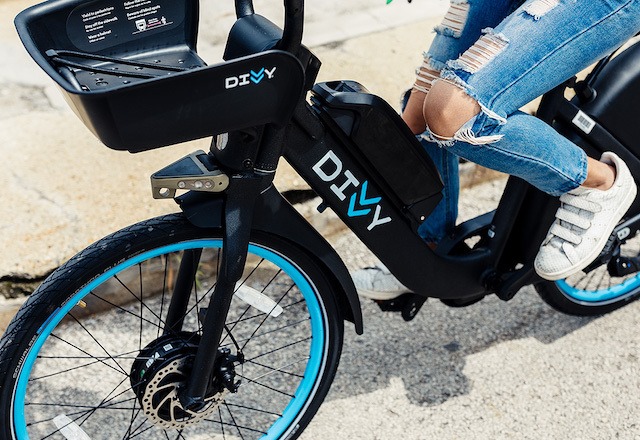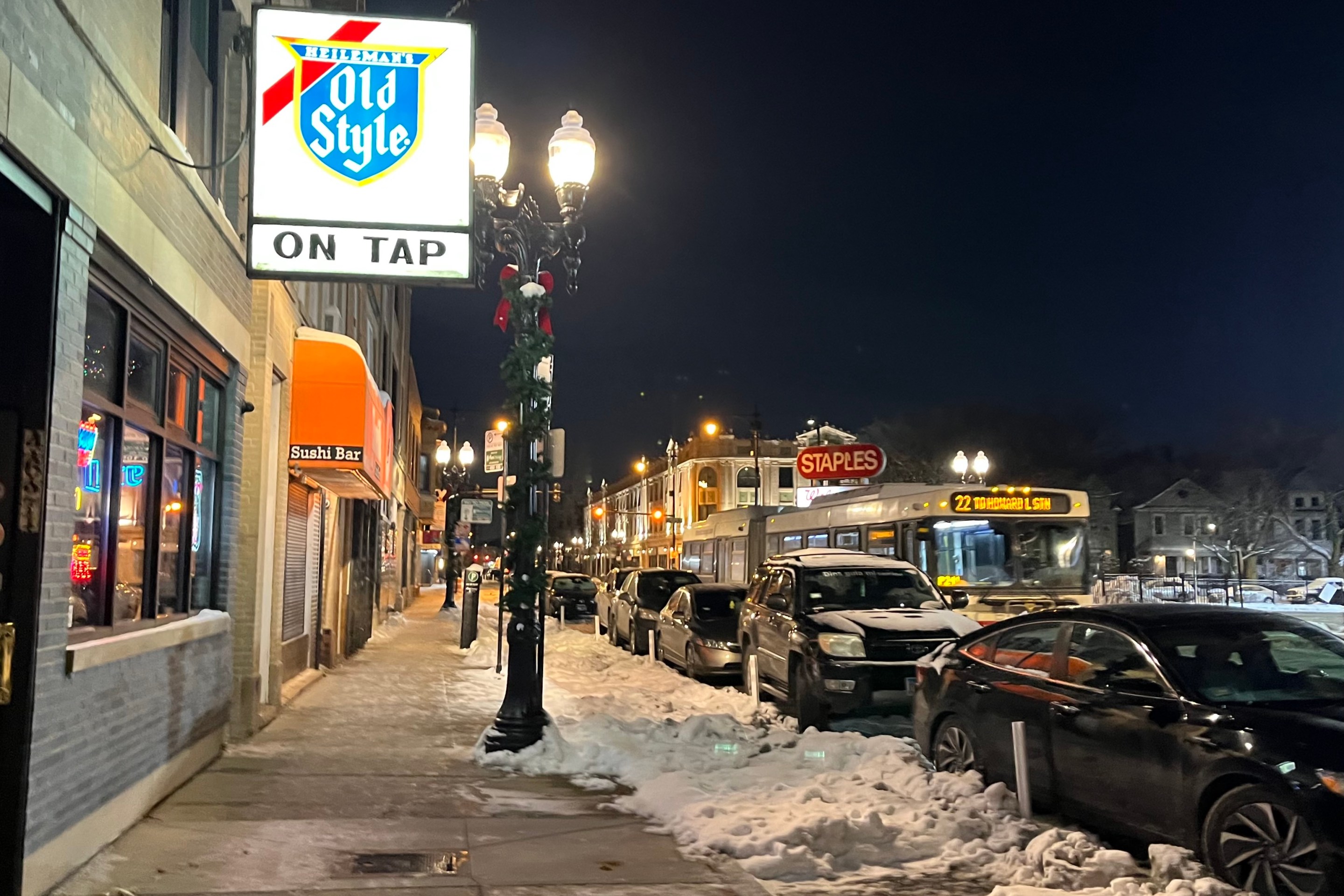Many e-bike enthusiasts have grumbled that Divvy's electric bikes have become less useful and fun to ride since a 15 mph speed cap was implemented in mid-November, complaining of a "grindy" braking sensation at higher velocities.
Prior to the July 29 launch of the e-bikes, the Chicago Department of Transportation, which oversees the system, run by concessionaire Lyft, stated that the electrical assist would shut off at 15. But before the recent capping, Divvy customers had gotten accustomed to riding at higher speeds, closer to 20 mph.
Last month the bike-share system explained that the speed cap wasn't actually turned on until roughly November 14.
This speed cap was implemented at launch but was not actively turned on for riders. This has since been fixed and has been back on as of about 6 days ago! We're sorry for the inconvenience and we'll pass this feedback about the "brake feel" when riding.
— Divvy (@DivvyBikes) November 20, 2020
Earlier this month Divvy spokesman Jordan Levine told me that the speed cap is “by no means permanent,” and CDOT and Divvy will be evaluating it in the future. But it will probably stay in place throughout the colder months “in the interest of safety, especially as streets get icy during the Chicago winter.”
I recently asked CDOT and Divvy why the 15 mph cap was chosen, when other Lyft-run systems like New York's Citi Bike are capped at 18 mph. "CDOT's decision to cap the speed of Divvy e-bikes at 15 MPH was based on our focus on traffic safety," responded department spokesman Mike Claffey. "We took a cautious approach to introducing thousands of powerful new devices into Chicago's dense traffic environment, which includes often busy bike lanes and shared-use trails. We will continue to monitor the performance of the speed cap."
"It's worth noting that the COVID-19 pandemic has deeply impacted travel patterns by all modes throughout the city," Claffey added. "It will be some time before we're able to observe e-bikes operating under normal traffic volumes in the central business district, and any implications on safety at the current speed cap of 15 mph."
In response to my question about whether the e-bikes were initially not capped at 15 mph, as previously announced, as a result of a conscious decision, or rather an oversight, Levine said something that sort of blew my mind. "When Divvy was rebooted after temporary shutdowns during this summer's civil unrest, the speed cap was inadvertently not reset. This has since been rectified."
So according to Levine, the 15 mph cap was in place when the e-bikes were first deployed on July 29. But after the system was taken offline during the second round of unrest on August 10, it wasn't reset again until around November 14. In other words, the above Divvy tweet was inaccurate: The speed cap was actively turned on for riders at launch.
But local bike advocate Steven Quispe said that timeline doesn't jibe with his experiences riding the e-bikes. "I don’t believe they ever had a cap until I first noticed it a few weeks ago," he said. "With my first ride on an e-Divvy, I distinctly remember being surprised at reaching 20 mph when I’d read online beforehand that it was supposed to max out at 15 mph. My first rides were during the first week of August, before August 10."
Quispe added that he almost always records his bike rides with his Apple Watch, and he used it to verify reaching speeds over 15 mph on the e-bikes. "It’s also what I used to verify that I wasn’t [just] imagining going slower in recent weeks. My very quick and basic and rudimentary analysis of my rides showed my average speed decrease noticeably with about a 20 percent increase in time to do my regular commutes pre- versus post-cap."
So this is all very confusing: Divvy say the bikes were capped from July 29 to August 10, and then were uncapped until about November 14, when they were capped again. But Quispe says he's pretty sure they weren't capped in early August.
A Time Out Chicago review of the e-bikes shortly after the launch also reported that the cycles hit 20 mph.
At any rate, the important thing is that they're currently capped (again?), and many customers aren't happy about that. We've submitted a Freedom of Information Act request for documents regarding the change, so hopefully that will shed some more light on CDOT's and Divvy's thought processes on the speed issue.
The Active Transportation says it's not currently advocating for raising the 15 mph cap. "E-bikes are new to the Divvy system and for most riders this will be the first time they’ve ridden with an electric boost," said spokesperson Kyle Whitehead. "Introducing the bikes at 15mph, in line with the speed of a pedal bike, makes sense."





